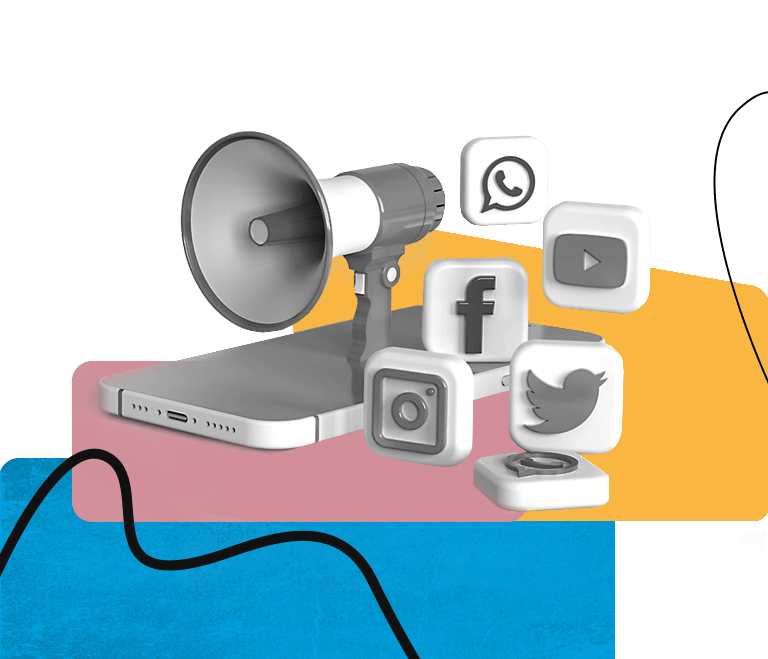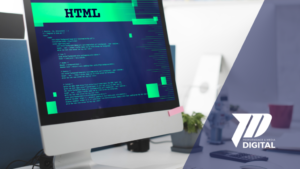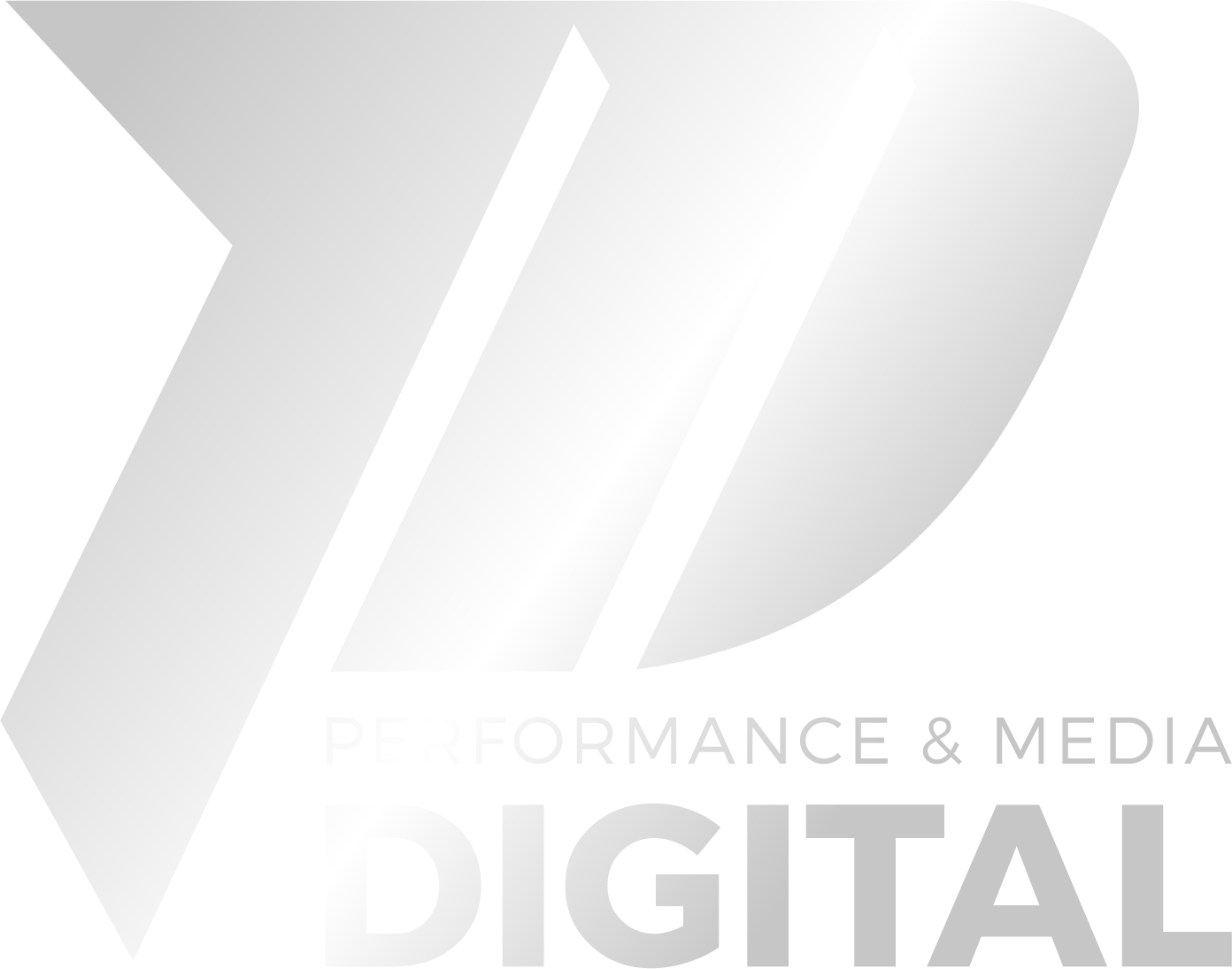The technology trends that we are going to discuss will highlight one of the new platforms such as Brandwatch, which helps us manage consumer intelligence in which it monitors, segments, analyzes, and acts.
In the trends that it manages, we can see energy savings, since today it is a priority for consumers, since the pandemic there has been a decrease in additional expenses (behavioral changes, another to deal with is sustainability in technology, giving a broad and first communication with the client from a more agile way.
Managing the price of smartphones and buying them is a topic that is developed in large companies managing finances.
Technological innovation refers to the development and application of new technologies to create innovative solutions that improve people’s efficiency, productivity and quality of life.
Technological innovation can involve the creation of new products, processes or services, the improvement of existing ones, the implementation of new technologies in an organization or in society in general, or the combination of different technologies to create something completely new.
The areas where technological innovation has had a great impact are computing, electronics, biotechnology, artificial intelligence, robotics, renewable energy, nanotechnology, virtual and augmented reality, among others.
It can be driven by companies, academic institutions, non-profit organizations, governments and innovation communities. In addition, collaboration and knowledge sharing are essential to foster technological innovation and accelerate its impact on society.
-
technology trends
As a trained language model, I can provide predictions based on historical trends and current patterns in the world of trending technology. Here are some of the trends that could be important in 2023:
- Artificial intelligence (AI) across the board: AI is rapidly expanding into every sector, from healthcare to manufacturing. By 2023, AI is expected to become an integral part of most technology products and services, increasingly being used to improve business efficiency.
5G and Edge Computing: 5G technology is rapidly rolling out around the world and is expected to become the norm by 2023. The combination of 5G and Edge Computing will enable greater speed and efficiency in real-time data processing, which will lead to new applications in industry and consumption.
Virtual Reality (VR) and Augmented Reality (AR): VR and AR technology is expected to experience significant growth in 2023, driven by improvements in hardware and software and increased consumer acceptance. VR and AR will have applications beyond entertainment, such as education, tourism, and healthcare.
Blockchain and cryptocurrencies: As more companies adopt blockchain to improve the security and transparency of their operations, the adoption of cryptocurrencies is expected to continue in 2023. Blockchain technology is expected to have applications in areas such as logistics, e-commerce and finances.
Quantum Computing: As quantum computing continues to advance, significant advances in solving complex problems are expected in fields such as chemistry, biology, and physics. Although the adoption of quantum technology is still in its early stages, it is expected to continue to grow in 2023.
These are just some of the technology trends that are expected to have a significant impact in 2023. It is important to note that the technology is a field that is constantly evolving and new trends may emerge in the near future.
Cybersecurity: Cybersecurity will continue to be a major concern in 2023 as the number of cyberattacks and threats will continue to increase. Technology is expected to evolve towards more advanced and automated solutions to protect business data and systems -
On some platforms we can see how advances in technology stand out:
- The cloud: Data storage and processing in the cloud is becoming more common, allowing companies and organizations to access high-capacity computing resources without the need to invest in expensive infrastructure. Cloud platforms like Amazon Web Services, Microsoft Azure, and Google Cloud Platform are leading the way.
Internet of Things (IoT): IoT devices such as sensors, cameras, and smart meters are connecting the physical world to the digital world and enabling real-time monitoring and control of a wide variety of systems and processes. Platforms like AWS IoT, Azure IoT, and Google Cloud IoT are leading the charge in this field.
Artificial intelligence (AI): AI is transforming the way companies interact with customers, automate processes and make decisions. AI platforms such as IBM Watson, Google Cloud AI, and Microsoft Cognitive Services are making it easier to integrate AI into business applications.
Blockchain: Blockchain technology is revolutionizing the way financial transactions and digital contracts are handled. Platforms like Ethereum and Hyperledger are leading the charge in this field.
Augmented Reality (AR) and Virtual Reality (VR): AR and VR technologies are transforming the way people interact with products and services. Platforms like Apple’s ARKit, Google’s ARCore, and Facebook’s Oculus are leading the way.
You may also be interested in: Updates on applications from the Facebook metaverseEducational Technology Trends
Online Learning: Online education has grown tremendously in popularity in recent years, and is likely to continue to grow in the future. More and more educational institutions are offering courses online, and the COVID-19 pandemic is expected to accelerate this trend.
Virtual and Augmented Reality: Virtual and augmented reality are being increasingly used in education to provide more immersive and exciting learning experiences. With these technologies, students can visit remote locations, explore complex systems, and view objects in 3D.
Gamification: Gamification is the application of game elements in non-game contexts to increase the motivation and commitment of students. This trend is being used more and more in education to make learning more attractive and fun.
Learning analytics: Learning analytics refers to the use of data and analytics to improve the teaching and learning process. With this trend, educators can measure student performance, identify problem areas, and improve the teaching process.
Artificial intelligence: Artificial intelligence is being increasingly used in education to provide personalized learning experiences. With this technology, students can receive content and activity recommendations based on their individual needs and abilities.
These are just some of the most prominent trends in edtech. They are likely to continue to evolve and change in the future as technology continues to advance and adapt to the changing needs of students and educators.Consumer behavior
Consumer behavior in relation to technological advances has evolved over time. Today’s consumers are becoming more familiar and comfortable with technology, incorporating it into their daily lives in ever more diverse ways.
One of the main changes that has been observed in consumer behavior in relation to technology is the accelerated adoption of mobile devices, such as smartphones and tablets. These devices have allowed consumers to be connected to the Internet anytime, anywhere, leading to new opportunities for interaction between consumers and businesses.
Another significant change has been the rise of online shopping, which has been driven by the improved security of online transactions and the convenience of shopping from anywhere. Consumers now expect a seamless and easy-to-use online shopping experience.
Companies that are able to identify and meet consumer needs in terms of technology are better positioned to succeed.
You may also be interested in: Benefits of having a digital marketing agency





